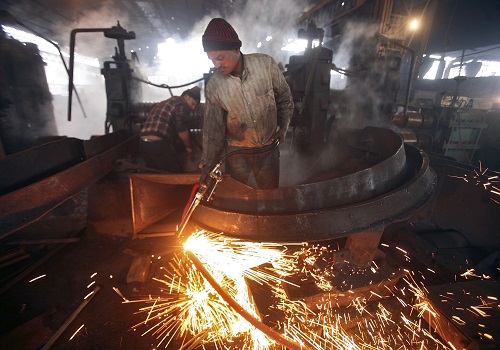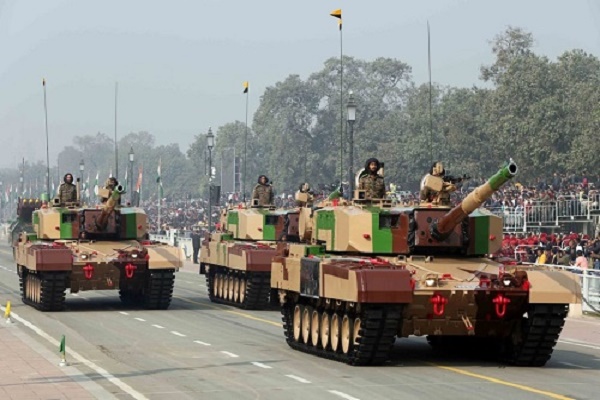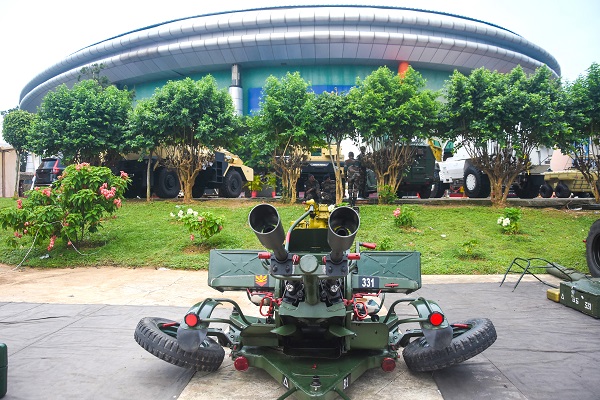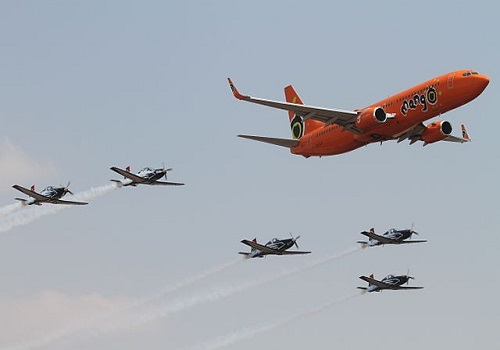Defence & Aerospace Sector Update : Q3FY25 Quarterly Results Review by Choice Broking Ltd

Defence PSUs lead the way as private players struggle with supply chain disruptions.
In Q3FY25, defence PSUs outperformed private players across key financial metrics, demonstrating 25.3% YoY revenue growth and an EBITDA margin expansion of 140bps to 32.4%, driven by strategic longterm raw material contracts and effective cost-control measures. PAT increased by 28.7%, with a marginal margin improvement of 56.3bps, despite supply chain disruptions caused by ongoing conflicts in Israel and Russia. Conversely, private defence companies faced execution delays and supply constraints, resulting in 7.5% YoY and 7.4% QoQ revenue growth, while EBITDA improved by 3.1% YoY and 35.0% QoQ. However, EBITDA margins contracted 88.7bps YoY, improved by 423.7bps QoQ. The quarter underscored the resilience of DPSUs in managing global challenges, while private players struggled with operational inefficiencies and supply chain issues.
Bolstering Indo-Pacific security through stronger US-India ties:
Past:
During the US under President Trump’s 1.0 tenure, US-India relations witnessed significant advancements in the defence sector, particularly with India's acquisition of 24 MH-60R Seahawk helicopters. Apart from that, his strong anti-China stance bolstered India’s strategic position in the Indo-Pacific region. While Trump pursued an isolationist approach in global agreements, he remained committed to India's role in regional security to counter China. During Trump 1.0, major development was the establishment of the 2+2 Ministerial Dialogue, which facilitated key defence agreements including the COMCASA, ISA, BECA, LEMOA, an extension of the GSOMIA. These agreements enhanced India & US growing strategic relation. And India’s active role in maintaining Indo-Pacific stability contributed to strengthening the US & India defence ties
Present:
During PM Narendra Modi’s recent visit to the US, a key highlight was discussions on the potential sale of advanced defence systems, including F-35 stealth fighter jets, aimed at strengthening India’s military capabilities and enhancing interoperability between the two armed forces. Given the complexity of such high-end defence procurements, the F-35 deal is expected to be a long-term process requiring extensive evaluations and strategic alignments. In the near term, co-production of Javelin AntiTank Guided Missiles and Stryker Infantry Combat Vehicles is anticipated, reflecting a growing emphasis on joint defence manufacturing and technology transfer between the two nations.
Future:
India and the US are likely to sign major defence agreements, as countering China's growing military power will necessitate deeper defence cooperation. India's defence exports reached INR 210.8Bn in FY24, with a target of INR 500.0Bn by FY29. The US remains one of the top three destinations for Indian defence products, particularly sub-systems and components supplied to major defence manufacturers such as Boeing and Lockheed Martin, which are significant contributors to the US economy. Given this economic interdependence, it is unlikely that Trump 2.0 would impose additional tariffs on Indian vendors, as such measures could disrupt key American defence firms and disturb favorable power balance. Thus, the shared geo-political and geo-economic interests between the two nations should ensure minimal negative impact on India’s trade and strategic engagements. Overall, Trump's tenure is expected to further enhance US-India defence cooperation, fostering a stable and mutually beneficial partnership in the Indo-Pacific region.
Outlook :
The defence sector is poised for significant growth as it transitions from a purely strategic domain to a key economic driver, contributing to national development. The Atmanirbhar Bharat initiative has played a crucial role in reducing dependence on foreign OEMs by promoting indigenous procurement of defence equipment. Over the next 5-10 years, continued government support for defence PSUs and private players is expected to foster a self-sustaining defence industry.
We anticipate that during Trump’s tenure, GE is likely to prioritize the delivery of the GE F404-IN20 variant engine, which is currently more than a year behind schedule. This delay has hindered the growth potential of HNAL, leading to a revision in market expectations. However, once the GE engine issue is resolved, it could significantly expand the order book and drive long-term growth for the Indian Defence companies. While most defence companies maintain a robust order backlog, execution remains a key concern. Premium valuations, driven by stretched multiples, continue to be a challenge, though recent market corrections provide some cushion. Additionally, pure industrial plays may face further downgrades if earnings or order inflows fail to meet expectations.
For Detailed Report With Disclaimer Visit. https://choicebroking.in/disclaimer
SEBI Registration no.: INZ 000160131



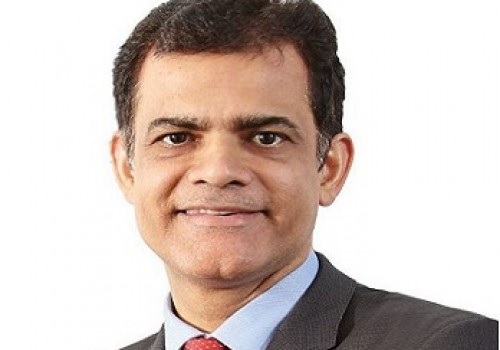




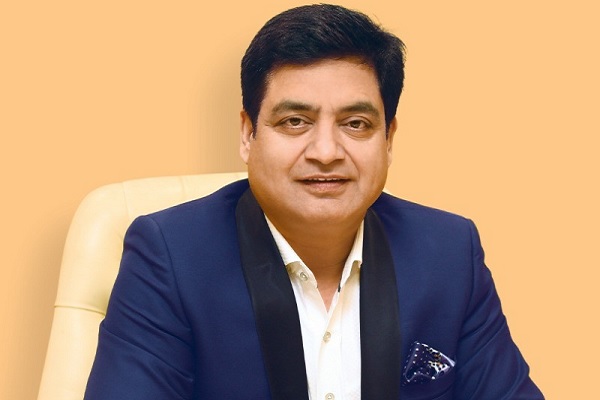

More News

Top Conviction Ideas - ``Chemical & Midcaps``- Axis Securities Ltd
